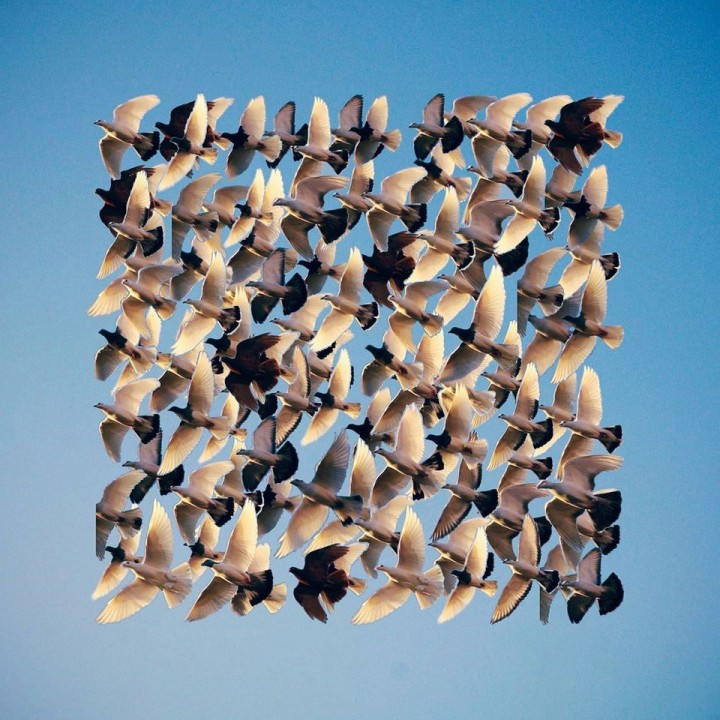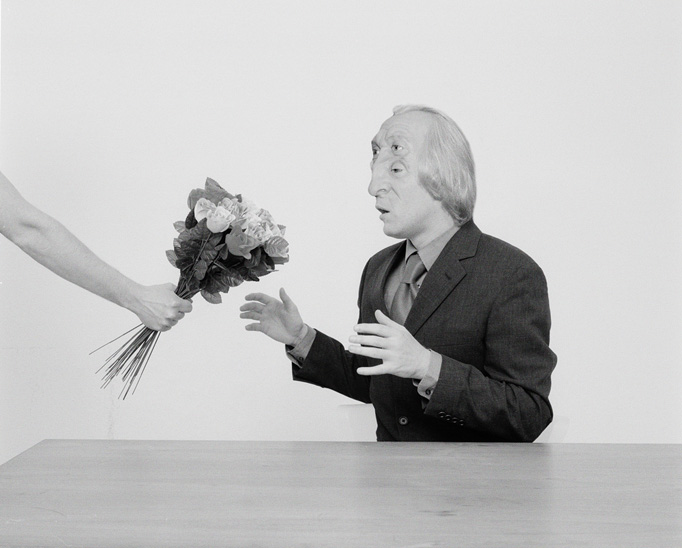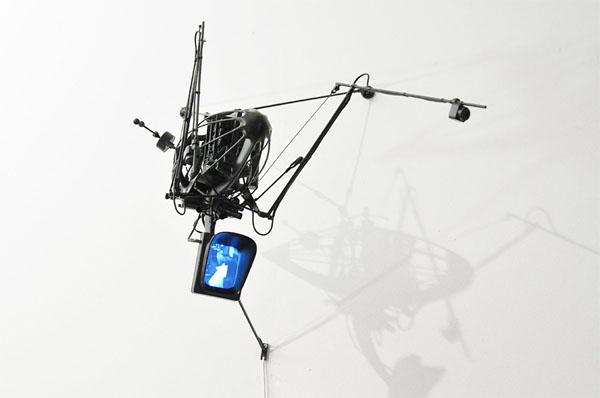



Website



A large-scale portrait of Dick Cheney in Houston, Texas by walking a course of GPS coordinates with a group of participants.






For the last year I’ve been doing a field work of sorts on Chat Roulette, a website on the fringe of the social networking frontier. The site connects a user with a random stranger, anywhere in world, via live video and audio link. My fascination with Chat Roulette stems mostly from an Anthropology background that was focused in new social interactions and concepts such as “space” vs. “place” in modern society. People have been spending time in chat rooms, forums and social networking circles for over a decade, but Chat Roulette’s live video connection feels more like a “place” to me than a “site”. The experience can in ways be compared to the city street or social event, where you cannot chose to simply observe, but must allow oneself also to be seen. In certain ways it’s more immediate, as the connection is usually between just two individuals, likely in their homes, sharing a view into each others intimate personal spaces.


Active Military and Reconnaissance Satellites of the United States of America is a multimedia installation visualizing orbits of classified American spacecraft. Code Names : Thousands of code-names of classified military programs active between 2001 and 2007.
Anthropometries for Quake 4 (After Yves Klein) from Chaz Evans on Vimeo. Evans Dances Baldessari Sings Lewitt (demo) from Chaz Evans on Vimeo.

tatiana grigorenko’s ‘the disappeared’ project. “an anti-portrait of a missing protagonist. inspired by soviet-era images that were manipulated to make individuals ‘disappear’ from history. the project is an exploration of memory, presence, invisibility and historical revision. blowing up my family’s snapshots to the point that their grain structure started to fall apart, i meticulously removed myself from each image using collage and/or paint.

Lossless challenges the representational nature of photography by re-ordering the digital photograph, using Processing and a custom QuickSort algorithm. The majority of photographs are now stored as pixels, where each pixel is a representation of specific values of color, brightness, saturation, etc. Our works are re-ordered and removed from their previous context while still being an accurate representation of every single pixel in the original image. This process allows the image to function as a unique object and set of information rather than an object devoid of its own context. In this process, the image now functions conceptually as a collection of visualized data rather than a mechanical/digital reproduction of reality. The action of re-organizing the photograph makes tangible the traditionally transparent functioning of the medium. You may submit an image for sorting to the following email address: lossless.processing@gmail.com When submitting an image, you agree that the image may be used for exhibition or sale. Jordan Tate + Adam Tindale
Send me an email.